
| Home | Deepsky Atlas | TheAstronews | Links | Solar System | ||||||

Hawaiian Astronomical SocietyConstellations: Serpens -- A Medical Symbol |
||||||||||
 |
Serpens is a two section constellation: Divided into head and body by the intervening Ophiuchus. Ophiuchus represented Esculapius, the ancient healer, and Serpens was his symbol of healing. This same snake is found on the symbol of medicine worldwide, the caduceus. |
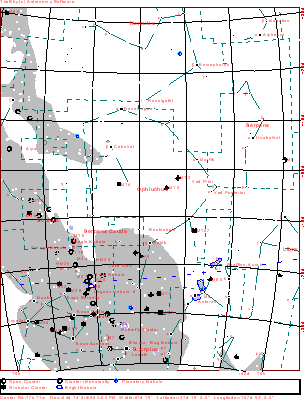
Click the map for a 916x1200 version of the above. Click here for a map better suited for use in the field.
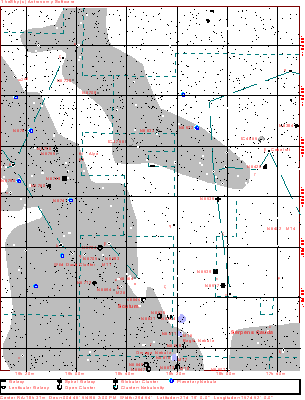
This a more detailed view of the constellation. The map displays stars to magnitude 10, and deepsky objects to magnitude 12.Click here for a map better suited for use in the field.
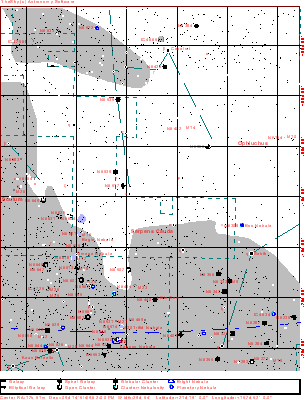
Click here for a map better suited for use in the field.
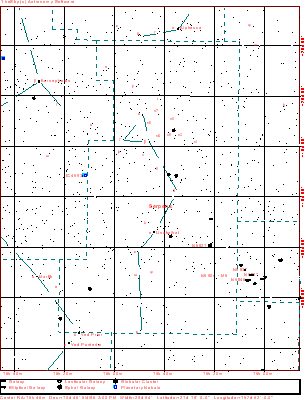
Click here for a map better suited for use in the field.
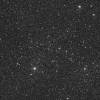 76k JPEG. IC4756 is a large (50') open cluster containing roughly 80 stars of mag. 7 and fainter. Total mag. is 5.4, and it is a naked eye object from a dark location. Located on the north end of Serpens Cauda, It makes a good binocular pair with NGC6633 in Ophiuchus, 3° to the WNW. 76k JPEG. IC4756 is a large (50') open cluster containing roughly 80 stars of mag. 7 and fainter. Total mag. is 5.4, and it is a naked eye object from a dark location. Located on the north end of Serpens Cauda, It makes a good binocular pair with NGC6633 in Ophiuchus, 3° to the WNW.
|
 197k GIF.M16 (NGC 6611) is a brilliant open cluster and nebula in the Serpent's Body, located on the border of Sagittarius. While the cluster has about 100 stars and shines at mag. 6, the nebulosity is much fainter, and requires a dark sky, or a nebula filter. 197k GIF.M16 (NGC 6611) is a brilliant open cluster and nebula in the Serpent's Body, located on the border of Sagittarius. While the cluster has about 100 stars and shines at mag. 6, the nebulosity is much fainter, and requires a dark sky, or a nebula filter.
|
 12k JPEG. M5 (NGC5904), taken with the SUNY Stony Brook 14" Celestron telescope and ST-6 CCD camera. M5 is a bright (mag. 5.8), large (17') globular cluster in the southern cauda (body) region of Serpens. Dreyer adds that it has an extremely condensed middle. Stars range from mag. 11-15. It's a magnificent sight in a good 6-8" scope. 12k JPEG. M5 (NGC5904), taken with the SUNY Stony Brook 14" Celestron telescope and ST-6 CCD camera. M5 is a bright (mag. 5.8), large (17') globular cluster in the southern cauda (body) region of Serpens. Dreyer adds that it has an extremely condensed middle. Stars range from mag. 11-15. It's a magnificent sight in a good 6-8" scope.
|
If you have any questions about the Hawaiian Astronomical Society
please
(link requires javascript).